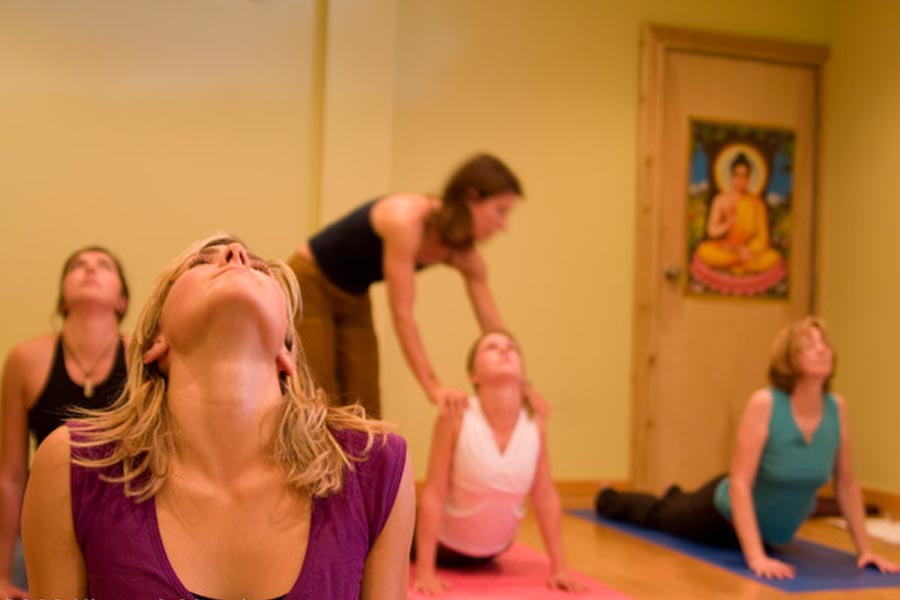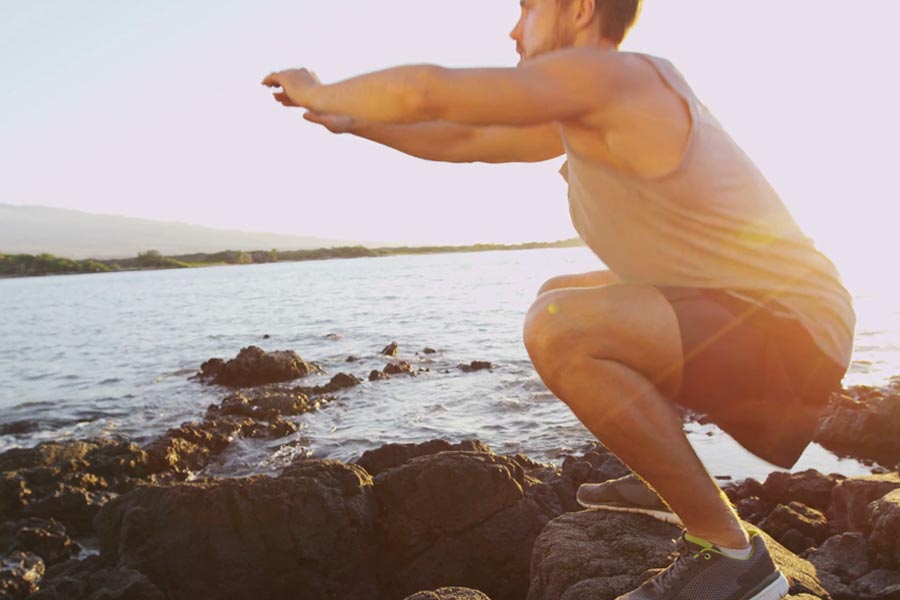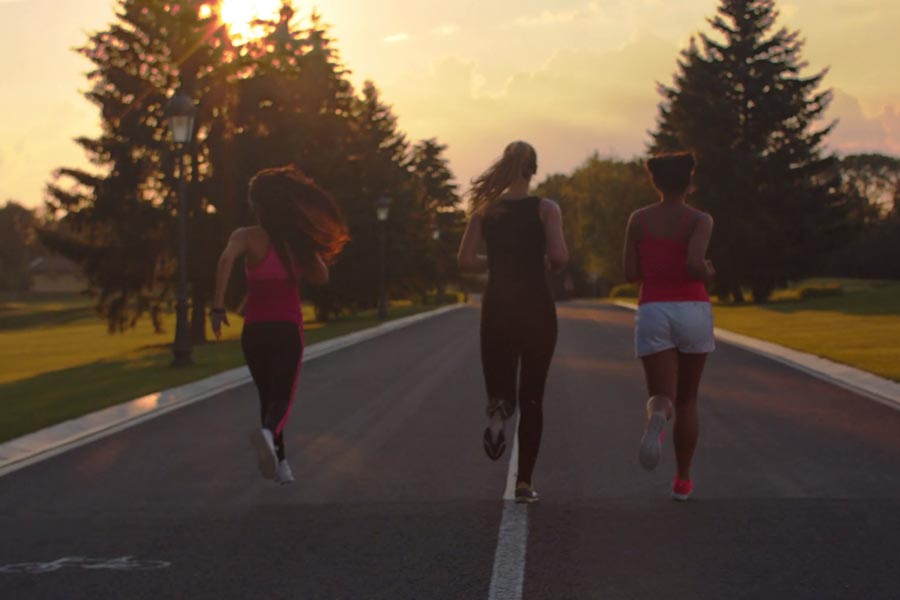- About
- Courses
-
Destinations
EuropeNew Zealand
- Journal
- Contact
You’ve got your new skis or board fresh from the factory and a new outerwear setup. Your gear is ready, but are you? Whether you’re headed to the mountains for a short ski holiday or the whole season, you want to perform at your best. Maybe you're planning on exploring more off piste terrain or even training as an instructor?
Skiing and snowboarding all day can be physically demanding and put stresses on muscles you’re not used to using. Preparing yourself for the slopes will not only improve your performance but also reduce the risk of injuries. Rather than focus on a few ski-specific exercises, here are five fun ways you can get yourself fit for the ski season and ready to charge.
1. Yoga
Great for: flexibility, balance and core
Many pro skiers and snowboarders practice yoga to help their riding, and for good reason. Yoga is a great way to develop your flexibility, balance and core, all vital to perform well on the slopes and enable you to react to the ever-changing terrain under your feet.
The benefits don’t end there. Yoga teaches you better awareness of where your body is and can help with injury prevention. Try a yoga session in your home, at the park or check out the classes available at your local studio.

2. CALISTHENICS
Great for: legs and core
Calisthenics are body weight training exercises aimed at building strength. We all know the importance of leg strength in skiing and snowboarding; most of us will have felt that burning sensation in our quads when skiing hard and half way down a run. Our legs are what do most of the work; they keep us balanced, lead the steering effort and act as shock absorbers.
A great way to develop your leg strength is by doing squats. There are tons of different variations you can try; start with body weight squats, and then progress to lateral lunges, jump squats, single leg squats and more. Add in some exercises like planks, side planks, crunches and flutter kicks to develop your core muscles.
Body weight workouts can be done almost anywhere, without any equipment and adjusted to your suit fitness level. Start with the basics and then add in more movements.

3. Cycle, Run, Hike
Great for: endurance
When we ski, we often do so for a sustained period, usually the whole day. To do this you need a good level of cardiovascular fitness. There are lots of ways to improve your endurance. Cycling is preferred by skiers and snowboarders as it is low impact and replicates the fitness needed on the slopes.
Get in your saddle, go spinning or hop on the bike in the local gym. If cycling is not your thing, anything that gets your heart working will be valuable. Running, walking uphill, using the cross-trainer. Ideally you want to do at least a 20 to 40 minute session, two to three times a week.

4. Try A New Sport
Great for: coordination and functional movements
Get yourself outdoors and have fun. Variety is great for the body and any activities that mimic skills needed when skiing or snowboarding will serve you well. Try sports that help with timing and coordination or require rapid shifts of weight and changes in direction.
There are so many options out there. Mountain biking, surfing and roller blading are classic summer pursuits adopted by many skiers and snowboarders as they not only get the adrenaline pumping, but they share similar skills and movements needed on the snow. If you’re not into action sports, try trail running, squash, tennis or volleyball to work on your agility and coordination.

5. If YOu Can, Ski
Great for: everything
As they say, there’s no better training for skiing than skiing itself. If you’re able to, get yourself down to the local snowdome or dry slope. Reactivate those muscles you’ve not used for a while and start sliding again.
Don’t be deterred by the short pitches or lack of snow. Any time you’re on your skis or board should be fun. Do lots of short turns or try some one-ski skiing. There’s lots you can do to get yourself ready for the real mountains.

Suggested Fitness Plan
A fitness regime that incorporates a variety of training, focussing on the fundaments of flexibility, strength and endurance, will set you up well for the winter.
Here’s an example of what you could do each week. You can adjust the intensity and difficulty of each session depending on your skill and fitness level.
Monday – Spin class
Tuesday – Rest day
Wednesday – Leg/core session
Thursday – Trail running
Friday – Rest day
Saturday – Mountain biking
Sunday - Yoga

Feeling Ski Fit?
Whatever you're doing in the winter, preparation is key to your success and enjoyment. If you're looking to push your limits, explore more of the mountain and develop your skills, take a look at our ski improvement courses // snowboard improvement courses.
We look forward to speaking with you.